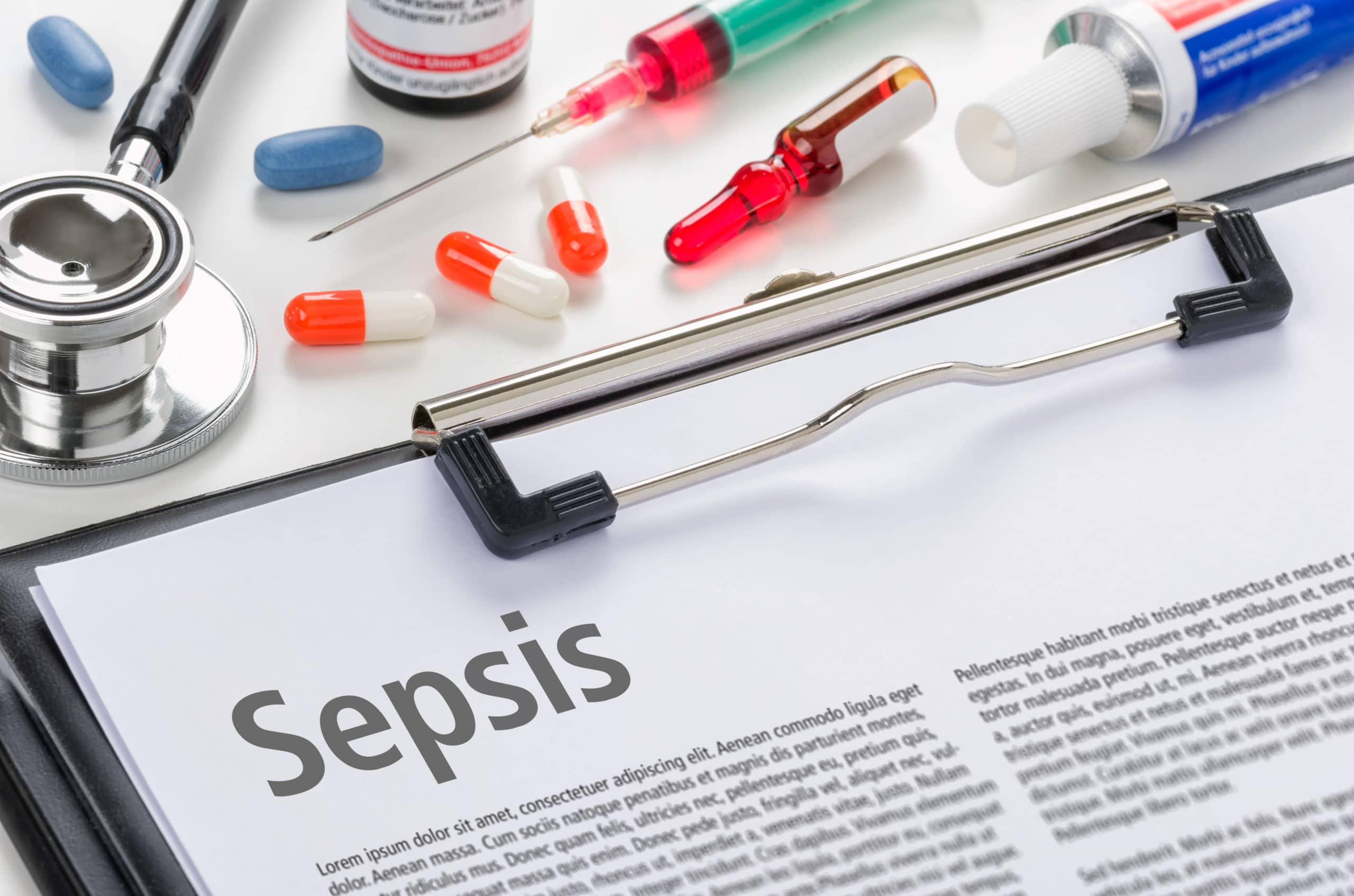
Rapid Diagnosis and Treatment of Sepsis Could Reduce Rates by 80%
Research shows that rapid diagnosis and treatment of sepsis could reduce the rate of cases by 80 percent. Every year, more than 1.5 million people develop sepsis – the body’s overwhelming response to an infection. …
Research shows that rapid diagnosis and treatment of sepsis could reduce the rate of cases by 80 percent.
Every year, more than 1.5 million people develop sepsis – the body’s overwhelming response to an infection. Sepsis develops when someone’s body responds to an infection that they already have. The infection can be anywhere in the body and can range from something as simple as a bee sting to a more serious infection in the urinary tract or lungs.
Any type of infection causes the human body to respond with a chain reaction of events. Generally, the body responds by producing certain chemicals and forwarding blood cells to the infected area to promote healing. When sepsis develops, however, the body experiences an extreme response that is dangerous and can be deadly. In fact, around 250,000 people in the United States die from the complication each year.
Sepsis causes tissue damage, organ failure and death if it is not recognized and treated immediately. It is important that anyone who is at risk understand the signs and symptoms and know when it’s time to get medical attention.
Who is At Risk for Sepsis?
According to the Centers for Disease Control and Prevention (CDC), everyone is at risk for developing an infection. Furthermore, almost any type of infection can lead to sepsis. Streptococcus, E. Coli and Staphylococcus aureus (staph) are the most common types of infection that cause sepsis. But any kind of infection can progress and develop into sepsis.
As for people who are most vulnerable, the CDC notes that some people are more at risk for developing sepsis than others. The most at risk include:
- Adults over age 65
- People who have chronic medical conditions, such as:
- Diabetes
- Cancer
- Kidney Disease
- Lung Disease
- People who have a weak immune system
- Children under the age of one
It is important that anyone in these groups who develops an infection be aware of the risk and the signs and symptoms.
Rapid Diagnosis and Treatment of Sepsis is Key
Research shows that every hour that passes increases the risk of a patient with sepsis dying. Research also shows that 80 percent of sepsis-related deaths are preventable with rapid diagnosis and treatment. The CDC supports this research and has initiated the Surviving Sepsis Campaign, which focuses on increasing awareness, as well as the importance of early diagnosis and treatment of sepsis.
According to the CDC, anyone who has an infection of any kind who experiences the following symptoms should get medical attention immediately:
- Increased Heart Rate
- Shortness of Breath
- Confusion or Disorientation
- Fever or Shivering
- Extreme Pain or Discomfort
- Clammy or Sweaty Skin

Sepsis is a medical emergency and it is incredibly important that anyone who believes they have sepsis get to a doctor or hospital right away.
Getting Ahead of Sepsis
As an individual, you may not be able to prevent an infection or complications. There are some things you can do, however, to reduce the risk of general infections. The CDC recommends:
- Take good care of any chronic conditions
- Get recommend vaccines, including yearly pneumonia and influenza vaccines
- Practice good hygiene, including handwashing
- Keep any injuries – even small ones – clean and properly covered
- Know the signs and symptoms of sepsis
- Act quickly if you believe you or someone else has sepsis
These practices are especially important for people who are at risk.
What about Hospitals?
For hospitals, early diagnosis and treatment of sepsis is vital. Unfortunately, sepsis remains one of the leading preventable causes of death among hospital patients in the U.S. Even more alarming is the fact that a majority of U.S. hospitals fall below national standards and benchmarks for sepsis care. In 2018, only five percent of U.S. hospitals received an “A” grade for sepsis care benchmarks. An alarming 74 percent of hospitals received a grade of B through F.
Even though the majority of hospitals seem to fall behind national benchmarks, there are some hospitals and healthcare networks that are trying to ease the burden and improve quality of care. In 2017, the Early Recognition and Intervention for Sepsis Management collaborative was formed. At the time, 72 network organizations joined the program. Over a nine month period, the sepsis mortality rates at participating hospitals decreased by four percent. That equates to 283 lives saved.
Hospitals must ensure that their infection control and sepsis management policies are well organized and enforced. Furthermore, staff members must be trained in how to recognize sepsis and get additional medical help. And finally, doctors must recognize at risk patients and take every precaution necessary to prevent sepsis from developing.
Sepsis and Your Legal Rights
If you or someone you love has developed sepsis and you believe it was preventable, contact MedMalFirm.com to learn more about your legal rights. Many horrible consequences can be avoided with adequate medical care, early diagnosis and treatment of sepsis. If you feel you were not properly diagnosed, were misdiagnosed or were not properly treated, contact us. We can certainly help you determine if your situation constitutes medical malpractice.
To request a free consultation with our Houston medical malpractice attorney, call MedMalFirm.com at 877-887-4850. You can also email us through our online contact form.
Sources:
